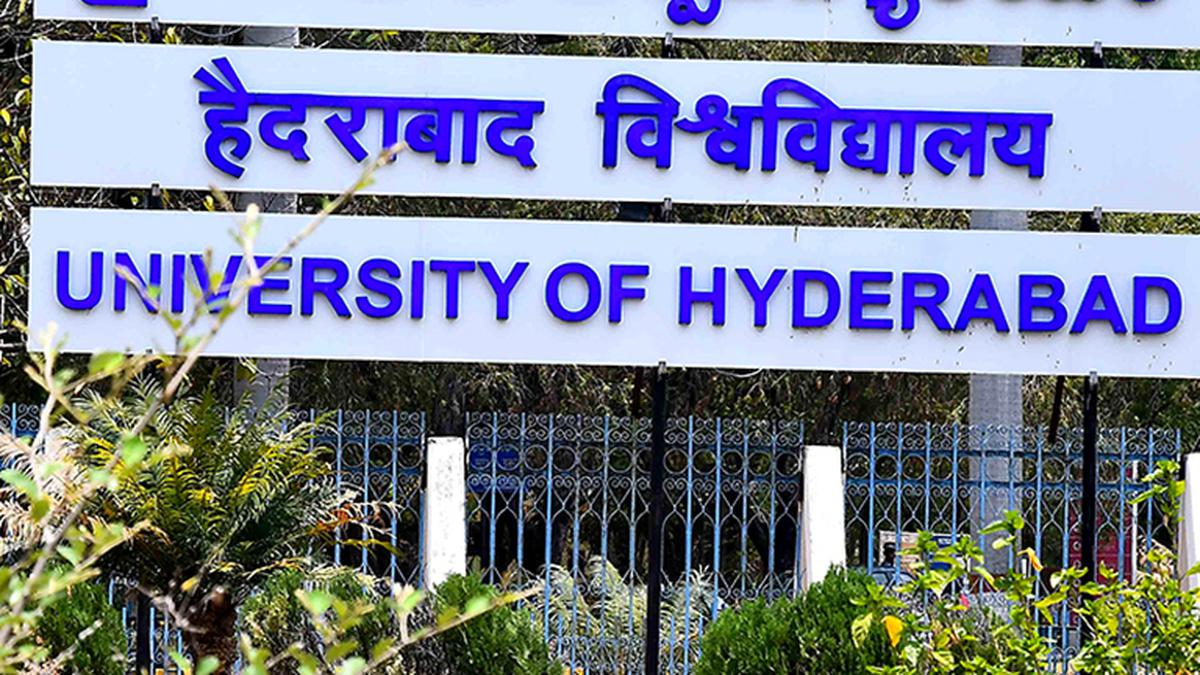
UoH, TIFR collaborate for enhancing sodium-ion battery capacity
The Hindu
UoH, TIFR collaborate for enhancing sodium-ion battery capacity
University of Hyderabad (UoH) in collaboration with the Tata Institute of Fundamental Research (TIFR) has developed electrode materials of Tin antimony alloy based reduced graphene oxide composite which has the potential to enhance energy storage for sodium-ion batteries.
Sodium-ion batteries offer enhanced energy efficiency, rapid charging capabilities, resilience to extreme temperatures, and safeguards against overheating or thermal runaway incidents. They exhibit reduced toxicity due to their lack of reliance on lithium, cobalt, copper, or nickel, which have the potential to emit environmentally harmful gases in the event of fire, said an official release on Monday.
These batteries also exhibit a high degree of adaptability across various applications, show resistance to elevated temperatures and humidity levels. But, a significant drawback pertains to their energy density, which refers to the quantity of energy stored relative to the volume of the battery.
The density of sodium batteries remains relatively low, ranging from 140 Wh/Kg to 160 Wh/kg, in contrast to the higher density of lithium-ion batteries, which typically falls within the range of 180 Wh/Kg to 250 Wh/Kg.
The laboratory in the Centre for Advanced Studies and Electronics Science and Technology, School of Physics, University of Hyderabad (UoH), have the composite material for fast charging sodium-ion batteries indicating its potential in fast charge-discharge energy storage applications.
The research work has been carried out by PhD Scholar Arya Sohan and the principal investigator is Dr. Pratap Kollu, a faculty member at the Centre for Advanced Studies in Electronics Science and Technology(CASEST), School of Physics.
The UoH project grant from the Institute of Eminence has fully funded this research. The work has been published in the Journal of Energy Storage, added the release.

 Run 3 Space | Play Space Running Game
Run 3 Space | Play Space Running Game Traffic Jam 3D | Online Racing Game
Traffic Jam 3D | Online Racing Game Duck Hunt | Play Old Classic Game
Duck Hunt | Play Old Classic Game











